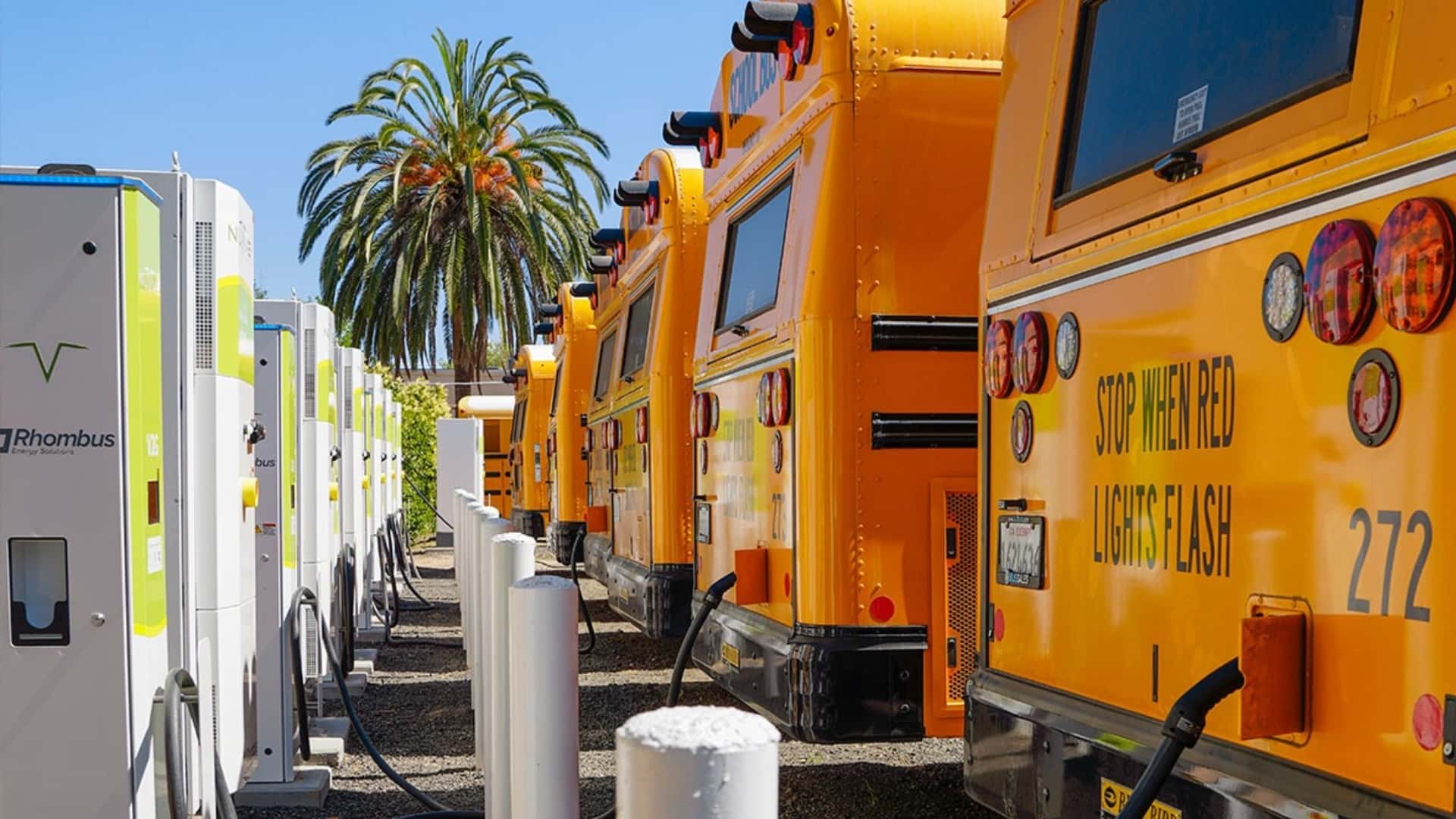The Impact of Removing Commercial EV Tax Credits on Fleet Purchases
The removal of the commercial vehicle tax credit has had a significant impact on fleet purchases, with potential long-term consequences for the market. This tax credit was a major driver for fleets to transition toward electric vehicles (EVs), and its absence could lead to a slowdown in the adoption of sustainable transportation solutions.
One of the key aspects of the EV tax credit was that it provided up to $40,000 for vehicles with a Gross Vehicle Weight Rating (GVWR) of 14,000 pounds or more. This was particularly important for large commercial vehicles such as buses, trucks, and delivery vans, which often have high purchase prices. For example, school buses can cost upwards of $300,000, making the tax credit a crucial factor in their affordability.
Fleets account for a significant portion of new vehicle sales, with estimates suggesting they make up around 10% of all transactions. This sector is especially critical when it comes to reducing emissions and improving public health, as commercial vehicles contribute significantly to air pollution and energy consumption.
Despite the low current adoption rate of EVs in commercial fleets—only about 14% of surveyed fleets operate an EV—there are clear benefits to electrification. A 2024 study by Cox Automotive found that fleet operators who have adopted EVs report higher satisfaction with their performance compared to traditional combustion engines, even when factoring in the higher initial costs.
According to Alexander Roinesdal, an energy analyst at Oliver Wyman, the growth of EV adoption in commercial fleets has been steady, particularly in return-to-base delivery vehicles. These types of vehicles, commonly used in urban areas, offer predictable routes and charging schedules, making them ideal for electrification.
Several manufacturers have responded to this growing demand by developing purpose-built EV models tailored for fleet operators. Companies like Rivian, General Motors through its BrightDrop division, and Ram ProMaster have introduced electric vehicles designed to meet the needs of large-scale buyers such as FedEx and Amazon. Additionally, there are significant developments in the truck and bus sectors, though these are often less publicized.
School bus manufacturer Blue Bird has also seen success in its EV line. The company received an $80 million grant from the Department of Energy to support its electric vehicle production. In fact, Blue Bird was recognized as the “strongest performing EV maker of 2024” due to its strong sales performance.
However, the recent removal of the commercial EV tax credit poses a serious challenge. Without this financial incentive, fleet operators may be less inclined to invest in EVs, which could slow down the overall adoption of electric vehicles in the U.S. This is particularly concerning for companies that have invested heavily in building EV infrastructure and manufacturing capabilities.
The impact extends beyond just the purchase of new vehicles. The smaller $7,500 tax credit for passenger cars, trucks, and delivery vehicles also plays a role in the used car market. Rental car companies, which account for about 10% of all U.S. car transactions, rely on these incentives to acquire EVs. Fewer fleet purchases mean fewer EVs entering the used market, which could affect the availability and affordability of used electric vehicles.
While some analysts believe that existing tax credits may temporarily support the used car market, the long-term outlook remains uncertain. Without continued incentives or cost reductions, it is likely that fleet operators will be less willing to invest in EVs, which could have broader implications for environmental goals and the automotive industry.
As the U.S. continues to navigate the challenges of transitioning to a more sustainable transportation system, the removal of these critical tax credits highlights the need for ongoing policy support and investment in electric vehicle infrastructure.






